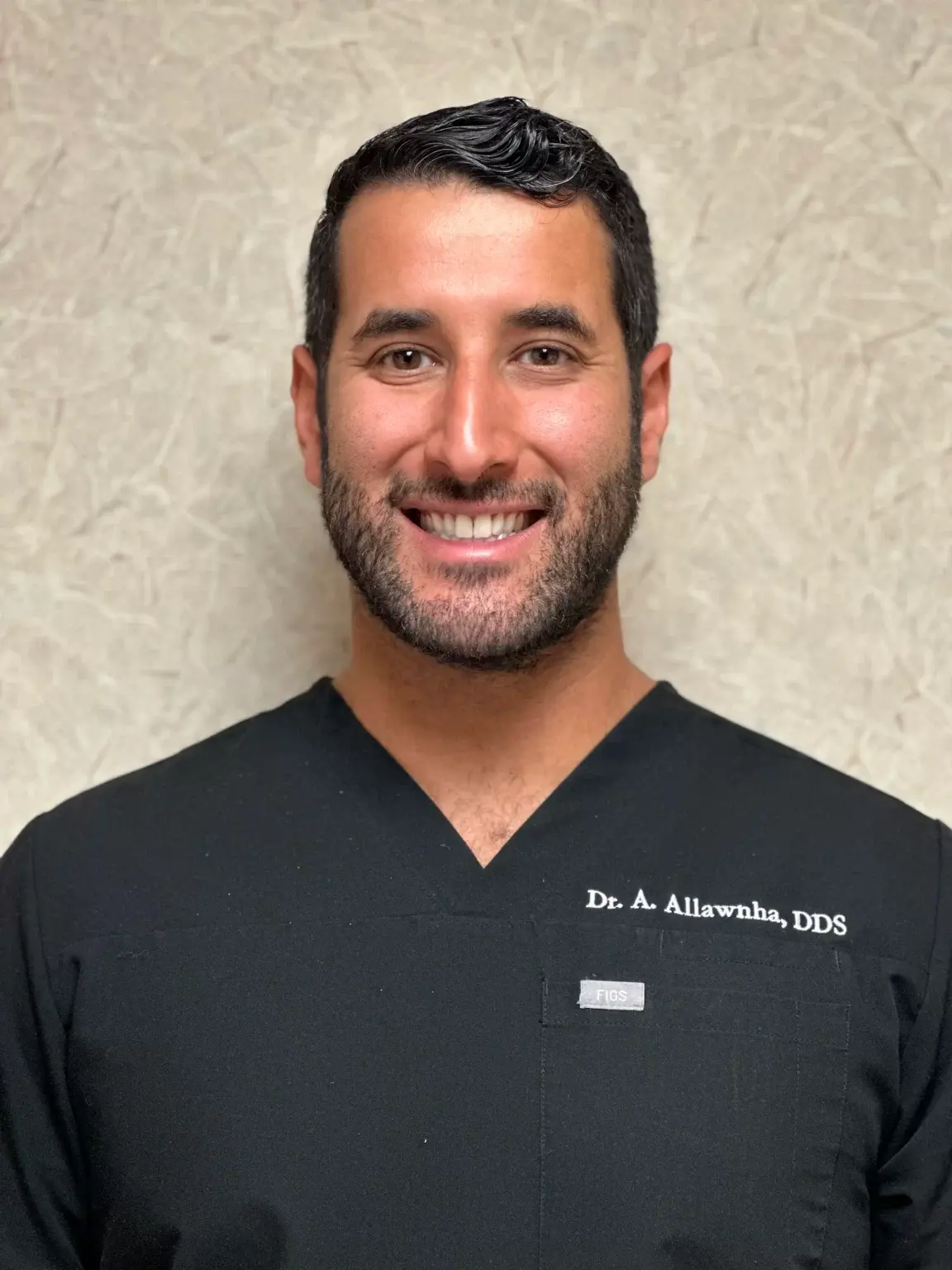Periodontitis is a condition that most Americans face today; according to data from the Centers for Disease Control and Prevention (CDC), at least 47.2 percent of American adults aged 30 and older have gum disease in one of its forms. In this condition, the gums pull away from the teeth and form pockets that trap bacteria. These bacteria create plaque, a sticky film that coats your teeth that can damage your teeth and gums. Not addressing periodontitis leads to tooth loss and other dental problems that get more difficult to treat.
Despite conservative therapies, surgical treatment for periodontitis becomes necessary when the gum infection progresses. One of these surgical treatments is gum graft surgery. Aside from looking up gum graft surgery reviews, you can learn more about the procedure, how to prepare for it, and aftercare tips.
What Is Gum Graft Surgery?
Gum grafting surgery helps correct receding gums caused by periodontitis. It’s a simple surgery that a dentist or periodontist (a gum specialist) can perform. They will first remove tissue from the roof of your mouth or healthy gum tissue and attach it to the area that has lost its gums. It’s a quick procedure that allows you to go home as soon as it’s done; however, it’s best to take the day off and bring a companion with you if you can’t drive home.
How much does gum graft surgery cost? It may cost from a few hundred dollars to a few thousand. Your insurance may cover it in full or in part; it may become free if your dental insurance is part of the Affordable Care Act.
How To Prepare For Gum Graft Surgery
Preparing for surgery helps reduce the chances of any complications, helps you recover faster, and eases some of your worries. Some of the instructions your periodontist to help you prepare may include:
What To Wear
Wear comfortable clothes on the day of your surgery. Make sure you use flat or low-heeled footwear and wear a shirt or blouse with shorter sleeves for easier access to your veins if you receive IV sedation.
Avoid wearing perfumes, body sprays, and makeup. Don’t forget to trim your facial hair.
Food and Drink
Eat a light meal an hour or two before your surgery, and don’t forget to brush and floss your teeth afterward.
Your periodontist may also ask you to avoid alcohol 24 hours before surgery.
Medications
Your periodontist may ask you to reduce or stop taking aspirin before the surgery. They may also give you antibiotics before surgery if you have a history of infection or heart disease. Make sure to inform about all your medications, including prescriptions, over-the-counter medications, herbal products, vitamins, and recreational drugs.
You may also be asked to take a sedative before the procedure.
Preoperative Lifestyle Changes
Your periodontist may ask you to stop smoking 24 hours before your surgery as it may increase your chances of infection and poor wound healing.
Gum Graft Surgery: Types and Procedures
Once you arrive at your dentist’s office for your appointment, you’ll be taken into the procedure room, where they will apply a local anesthetic to numb the area to be treated. You may also receive general anesthesia that will make you unconscious for the whole procedure if you and your dentist think you need it. However, it’s not often recommended due to its potential risks.
Your needs will dictate which among the following your dentist will perform:
Free Gingival Graft
Your periodontist will remove a small amount of tissue from the roof of your mouth and stitch it to the area where you need the gum tissue. They will likely use this graft if your gums need additional tissue to prevent them from receding further.
Connective Tissue Graft
This is the most popular type of graft periodontists use. They open a small area in the roof of your mouth and remove bits of connective tissue, which they will stitch to the area that needs it.
Pedicle Graft
Pedicle grafts work best if there is plenty of gum tissue around the area with gum recession. It involves using local tissue to cover the gum recession, which won’t interrupt the blood flow to the different areas of your mouth. Periodontists create tissue flaps next to the area with receding gums, which they use to cover the receding gum tissue.
How long do stitches stay in after gum graft surgery? Your periodontist will remove the stitches seven to ten days after your surgery. It’s best that you do not touch them before and after the removal – or until the stitching has completely healed. Your periodontist will ask you to rinse your mouth with antibacterial mouthwash after the surgery, which usually doesn’t take long.
Gum Graft Surgery Recovery and Aftercare
The following are some of the instructions your periodontist will provide for home care until your follow-up appointment approximately a week after your gum surgery:
- Take prescribed pain medication to manage any pain or discomfort.
- You may gently brush your tongue and teeth but avoid the surgical site.
- Apply ice packs to the outside of your mouth for 15 minutes in the first 24 hours following your surgery.
- Avoid vigorous activities.
- Avoid alcohol and smoking.
- Rinse your mouth with salt water or antiseptic mouthwash after the first 24 hours.
- Do not drive until you are off your prescription pain medication.
You’ll be instructed to eat soft foods like yogurt, smoothies, ice cream, and protein shakes for a few days after the surgery. You can eat solid foods as your wounds gradually heal. However, you must avoid spicy, crunchy, or acidic foods that can irritate your gum tissue.
Key Takeaway
Leaving gum disease untreated will lead to teeth loss. Gum graft surgery is one of the best ways to prevent it from worsening. It involves transferring some tissues either from the roof of your mouth or areas in your mouth with healthy gums. Your periodontist will provide instructions that you should follow to prevent complications like infections and ensure a faster recovery.
Keep your gums healthy with Century Dental.
Our dentists in St. Pete Beach, offer different periodontal treatments that help keep your gums healthy and keep gum disease at bay; and these include gum graft surgery. You may check out gum graft surgery before and after pictures if you’re a bit doubtful about the results. Or, better yet, you can call us directly if you want to know more about the procedure.





